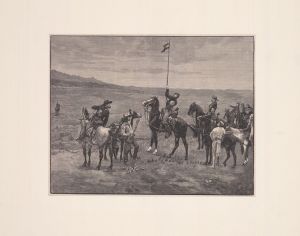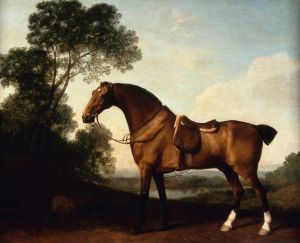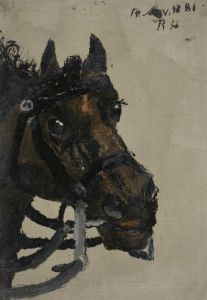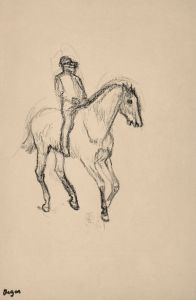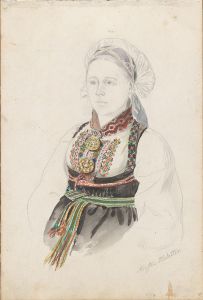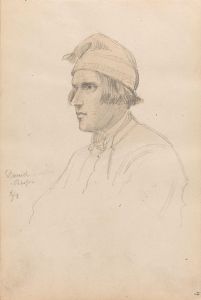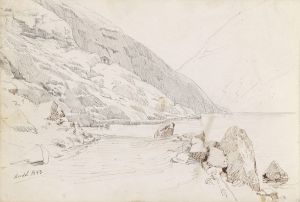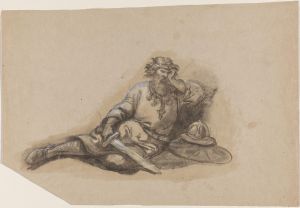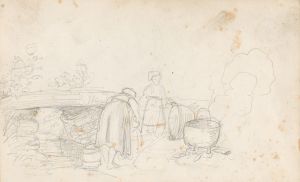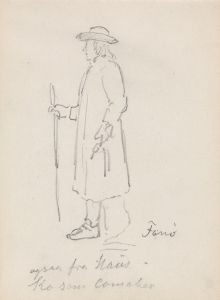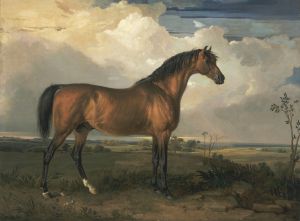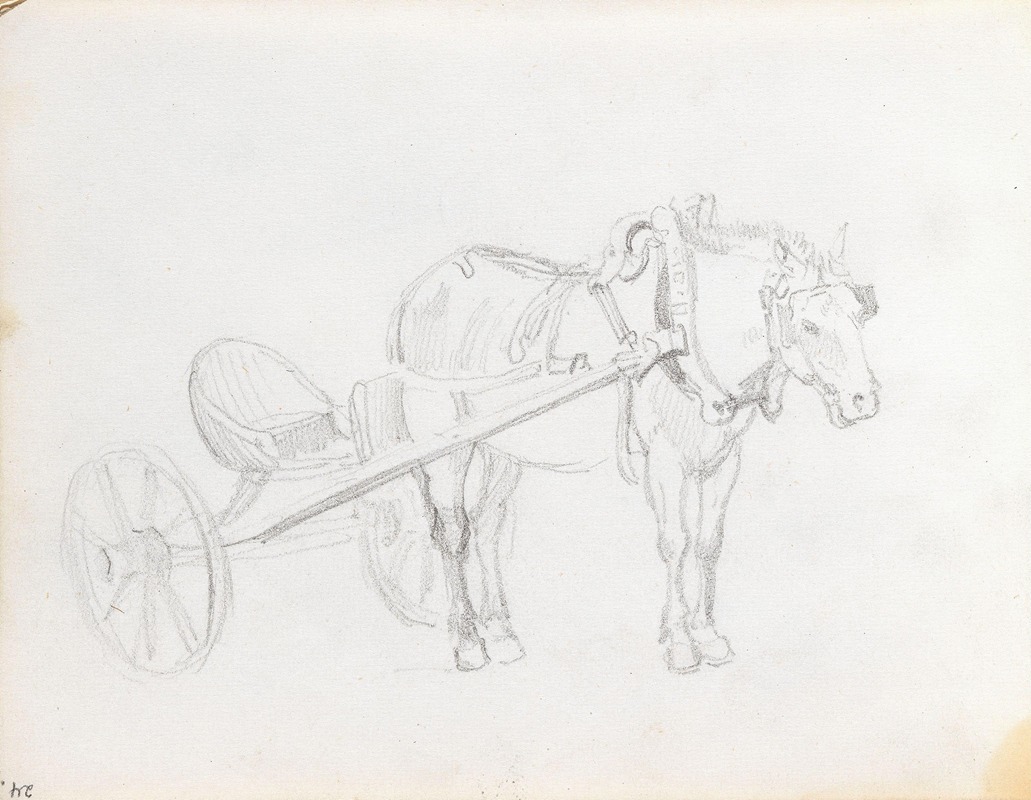
Hest og karjol
A hand-painted replica of Adolph Tidemand’s masterpiece Hest og karjol, meticulously crafted by professional artists to capture the true essence of the original. Each piece is created with museum-quality canvas and rare mineral pigments, carefully painted by experienced artists with delicate brushstrokes and rich, layered colors to perfectly recreate the texture of the original artwork. Unlike machine-printed reproductions, this hand-painted version brings the painting to life, infused with the artist’s emotions and skill in every stroke. Whether for personal collection or home decoration, it instantly elevates the artistic atmosphere of any space.
Adolph Tidemand (1814–1876) was a prominent Norwegian painter known for his depictions of rural life, national romanticism, and traditional Norwegian culture. One of his works, Hest og karjol (translated as "Horse and Carriage"), reflects his characteristic focus on everyday scenes and the cultural identity of 19th-century Norway.
The painting, created in the mid-19th century, portrays a horse pulling a small carriage, known as a "karjol," which was a common mode of transportation in rural Norway during this period. The karjol was typically a lightweight, two-wheeled cart used for personal travel, often drawn by a single horse. Tidemand's attention to detail in the depiction of the horse, the cart, and the surrounding environment highlights his dedication to accurately representing the customs and material culture of his time.
While specific details about the exact date of creation or the current location of Hest og karjol are not widely documented, the painting is consistent with Tidemand's broader artistic themes. His works often celebrated the simplicity and dignity of rural Norwegian life, emphasizing the connection between people, their traditions, and the natural landscape.
Tidemand's art was deeply influenced by the national romantic movement, which sought to foster a sense of national identity through the exploration of folklore, history, and rural traditions. His paintings frequently featured scenes of farmers, traditional costumes, and everyday activities, serving as a visual record of Norwegian life during a time of significant cultural and political change.
As with many of Tidemand's works, Hest og karjol likely resonated with contemporary audiences by evoking a sense of nostalgia and pride in Norway's rural heritage. His ability to combine realism with a romanticized view of his subjects made him one of the most celebrated artists of his era.
Further information about Hest og karjol specifically, such as its provenance or exhibition history, is not readily available in public records. However, it remains an example of Tidemand's broader contribution to Norwegian art and his role in shaping the visual narrative of 19th-century Norway.





